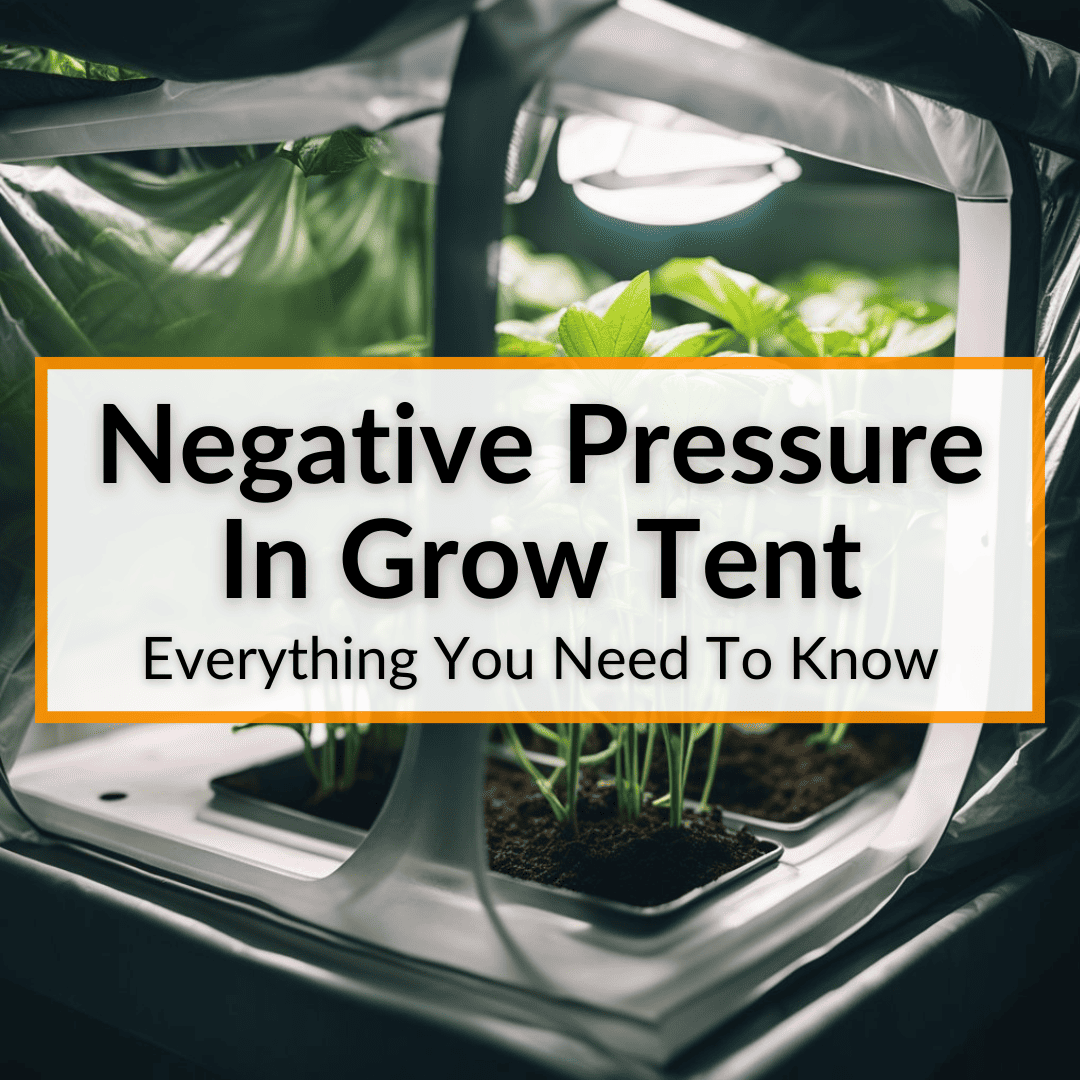
We will go over them all below.
We will also explain what negative pressure is exactly.
And what you need to do to achieve it. And then maintain it.
Keep reading to learn everything you need to know about negative pressure in a grow tent. If you grow cannabis, or any other crop, indoors in a tent, you will want to know this.
Contents
Negative Pressure In Grow Tent
Negative pressure in your grow tent refers to a situation where the air pressure inside the tent is lower than the air pressure that surrounds it. This creates a controlled environment that offers several benefits for plant growth and overall tent management.
By maintaining negative pressure, you can effectively prevent odorous air from escaping the tent, ensuring a more pleasant environment and minimizing the risk of unwanted odors spreading.
Negative pressure also helps in climate control by maintaining consistent temperature and humidity levels within the tent. It can also help you prevent bugs and insects getting inside your grow space and damaging your crop.
Understanding Negative Pressure
Understanding the basic physics behind negative pressure is essential for effectively managing your grow tent environment.
Negative pressure in grow tents is created by controlling the airflow and fans to maintain a lower air pressure inside the tent compared to the surrounding environment.
Key terms such as CFM (cubic feet per minute) are crucial in understanding the relationship between air exchange and pressure control.
CFM represents the volume of air that a ventilation system can move in a minute. It is an important factor in determining the right equipment for establishing negative pressure within your grow tent.
It’s important to differentiate between positive, negative, and neutral pressure in grow tents.
Positive pressure involves keeping the internal pressure higher than the surroundings, while neutral pressure means the internal and external pressures are equal.
Negative pressure, as previously mentioned, maintains a lower internal pressure, which offers various benefits for your plants and the overall environment within the tent.
Advantages Of Negative Pressure
Maintaining negative pressure in your grow tent offers several advantages that directly impact the health of your plants and the overall environment.
Odor Control
Negative pressure plays a crucial role in preventing odors from escaping the tent, thereby maintaining a more pleasant and discreet environment. This is particularly important for indoor gardens located in residential areas or shared spaces.
Climate Control
By maintaining negative pressure, you can more effectively manage temperature and humidity levels within the tent. This process involves removing stale air and drawing in fresh air, which is essential for creating an optimal climate for plant growth.
Pest And Disease Prevention
Negative pressure acts as a barrier against airborne pathogens and spores, reducing the risk of pests and diseases infiltrating your grow tent. This contributes to a healthier and more secure environment for your plants and can help keep them healthier for the entire grow cycle. Getting pests on your marijuana plants is a pain that can ruin an entire crop and necessitate a complete cleaning of your grow tent and all equipment.
Improved Plant Health
Proper air circulation and CO2 exchange facilitated by negative pressure contribute to stronger and healthier plants. Good air flow with constant fresh air is essential for maximizing the growth and yield of your indoor plants.
Creating Negative Air Pressure
To achieve and maintain negative pressure in your grow tent, several key factors and components come into play.
Understanding how these elements work together is essential for creating negative pressure inside your grow tent.
Exhaust Fan Selection
Start by selecting an exhaust fan with an appropriate CFM (cubic feet per minute) rating for your specific grow tent size.
The CFM rating determines the amount of air the fan can move per minute, and it’s crucial to choose a fan that can sufficiently exchange the air within the tent to create negative pressure.
Positioning The Exhaust Fan
Install the exhaust fan at the highest point in the grow tent to effectively remove warm and stale air from the space. Mounting the fan near the top allows it to expel the warm air, which naturally rises.
The negative pressure then automatically draws in fresh air from the lower intake points. However, it can sometimes make sense to use an intake fan to control exactly how much air enters.
Intake Fan Consideration
Depending on the size and airflow requirements of your grow tent, consider adding an intake fan to facilitate controlled air exchange. An intake fan can help regulate the inflow of fresh air and contribute to maintaining balanced pressure within the tent.
Passive Air Intake Design
Add passive air intake points in the lower portion of the tent to allow fresh air to enter passively. Properly positioned and sized passive intake openings ensure a steady flow of fresh air, contributing to the creation of negative pressure when combined with the exhaust fan’s airflow.
Sealing Leaks
Thoroughly inspect the tent for any potential air leaks or light leaks, and seal them using appropriate materials, such as weather-stripping, duct tape, or sealant. Addressing leaks ensures that the negative pressure environment is not compromised and that the air exchange process remains controlled.
Monitoring And Adjustment
Once the components are in place, monitor the tent for visual indicators of negative pressure, such as a slight concave appearance of the tent walls.
If available, use a pressure gauge to measure the pressure differentials and adjust the fan speeds as needed to maintain the desired negative pressure levels within the grow tent.
If the negative pressure is insufficient, you can increase the speed of the exhaust fan to enhance air exhaustion. Gradually raise the fan speed until you achieve the required CFM (cubic feet per minute) for your grow tent and the tent walls begin to bow slightly inwards.
Monitoring And Maintaining Negative Pressure
Once set-up, it is important to regularly check that the negative pressure in your grow tent is constant and that there are no leaks. Here are a few ways you can check that your grow tent is maintaining its negative pressure correctly.
Visual Cues
Keeping an eye on the tent walls for a slightly concave appearance and monitoring air flow patterns can provide visual cues indicating the presence of proper negative pressure. If the tent walls appear convex, it may indicate that there is actually positive pressure inside your grow tent.
Pressure Gauge
While optional, the use of a pressure gauge can provide more precise measurement and control over the negative pressure levels within the grow tent. If you have a pressure gauge, it will allow you to monitor the pressure more easily and accurately.
Adjusting Fan Speeds
Understanding how to adjust the speed of your exhaust fan based on specific needs and environmental conditions is vital for effectively managing negative pressure. If your tent is not maintaining its negative pressure, try increasing the fan’s speed by small increments and monitoring afterwards.
Regular Maintenance
Regular checks and maintenance ensures optimal performance, contributing to the sustained effectiveness of your negative pressure setup.
Keep an especially close eye on any seals around lighting or air intakes that you have created, to ensure they are still functioning correctly, and reseal as and when needed.
Grow Tent Negative Pressure: Final Thoughts
Mastering the concept of negative pressure in your grow tent opens up a world of possibilities for optimizing plant growth and ensuring a healthy, controlled environment.
By effectively managing air pressure, you can take charge of odor control, climate regulation, pest prevention, and overall plant health.
Embracing the power of negative pressure paves the way for a flourishing and harmonious grow tent environment, setting the stage for bountiful and thriving plant growth.

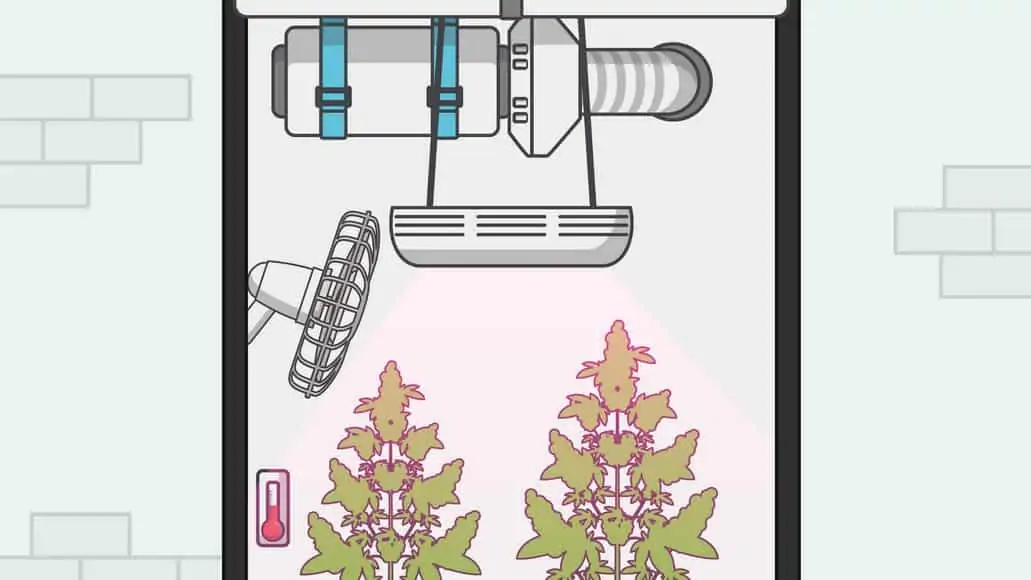
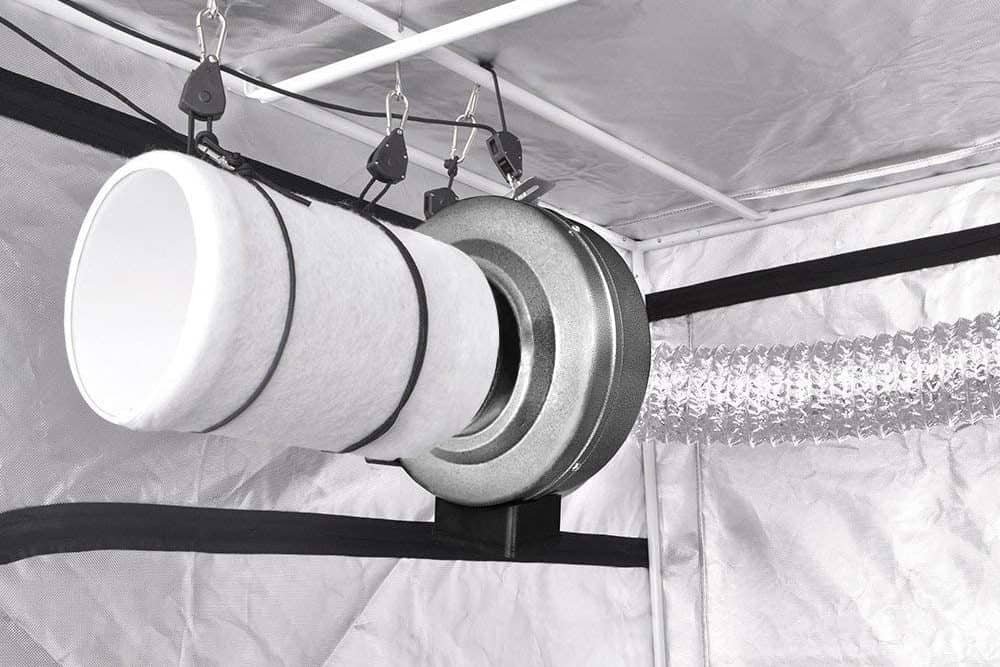
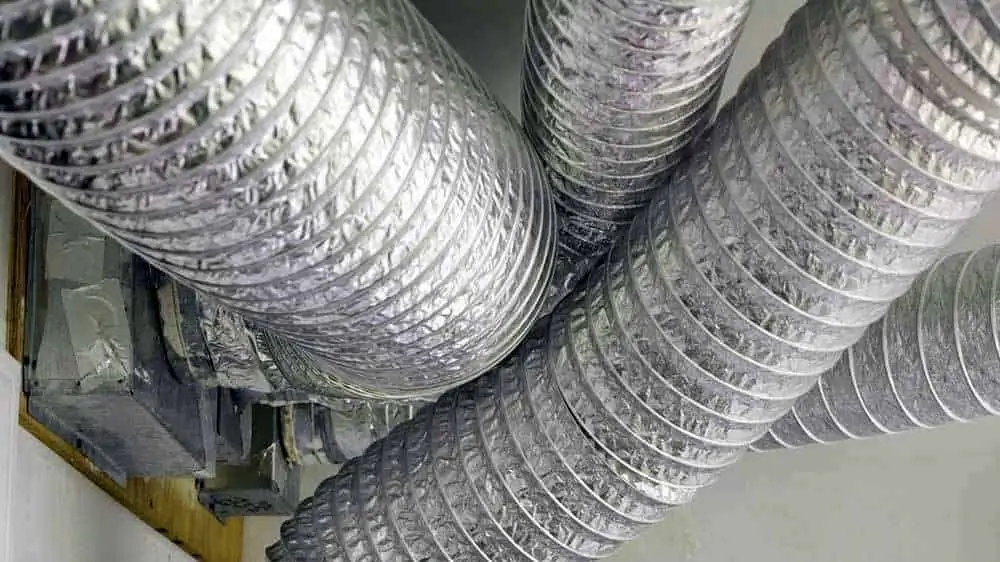
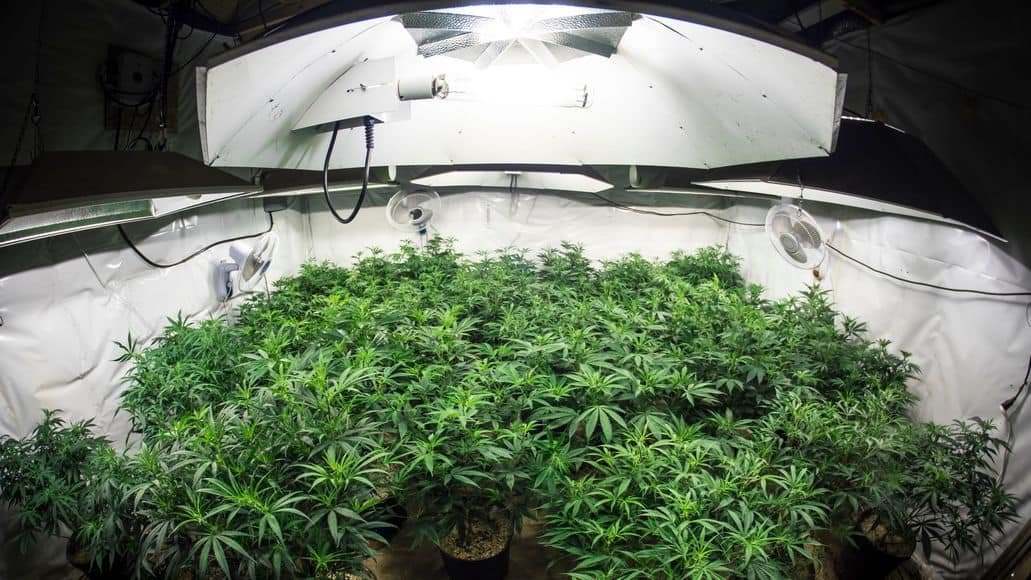
Leave a Reply